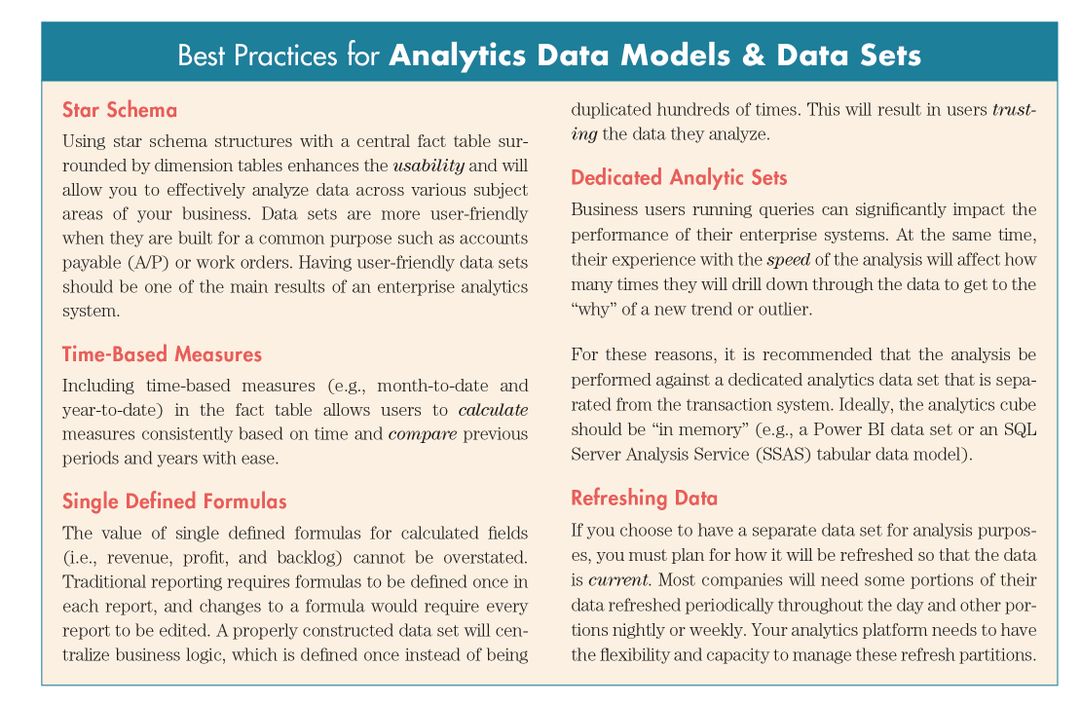“Data…is the sustainable endless energy source we have been looking for.”1 A well-crafted strategy transforms a company’s culture into a data-enabled business that operates based on trusted information rather than data uncertainty.
Similar to planning a family vacation, the journey to becoming a data-driven company requires coming up with a vision and getting buy-in from everyone on the destination, planning the trip, and carrying out the plan.
The Vision
Every journey begins with a vision and getting everyone on board and excited. To help convince your leadership and team, you might consider that data-driven companies are more productive and gain an advantage over competitors. They are also 23 times more likely to acquire customers, 6.5 times as likely to retain customers, and 18.8 times as likely to be profitable as a result.2
In our experience, many companies do not realize the need for a data-driven vision until after an event occurs – positive (a new revenue opportunity) or negative (a major cost over-run). Until they realize they need to use their data more effectively, the energy required to overcome the status quo and start the journey is too daunting.
We also often hear that companies are hesitant about becoming data-driven because their data is incomplete. They would rather clean up the data before they start advancing their analytics. However, an analytics system will often accelerate the data cleansing process because the tools highlight the messy data and provide immediate benefits for having it corrected.
Planning an Enterprise Analytics Strategy
A successful vacation hinges on the coordination of several moving pieces (flights, transfers, hotels, language barriers, etc.) that are part of the plan. Similarly, becoming data-driven hinges on a comprehensive plan as well;
in this case, an enterprise analytics strategy. An enterprise analytics strategy will define how to extract, transform, and present your data to end users. It will also include a project plan, implementation budgets, infrastructure, training, and an adoption plan.
Following these essential elements of an enterprise analytics system will help change the way you think about reporting and analytics.
Project Leadership
Analytics technologies are evolving rapidly, and someone should be responsible for setting course corrections and incorporating new capabilities that were not possible when this journey began. To do this, some companies have created a chief data officer role to guide their companies through this transition.
A smaller organization might consider working with a consulting partner as a trusted data advisor until the leadership team can dedicate a senior level position to drive data literacy helping to manage the schedule, budget, and milestones for a smoother data-driven journey.
Whether creating a new role or hiring a consulting partner, your data journey should align with your business since data transformation is a business initiative, not an IT initiative.
